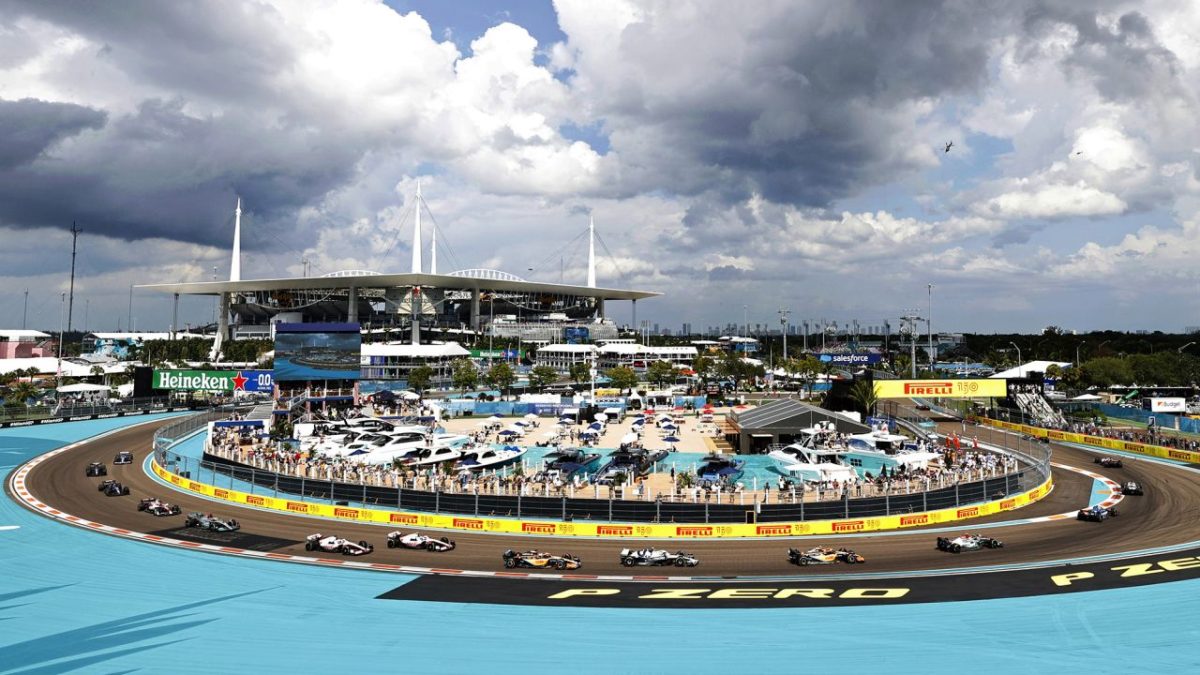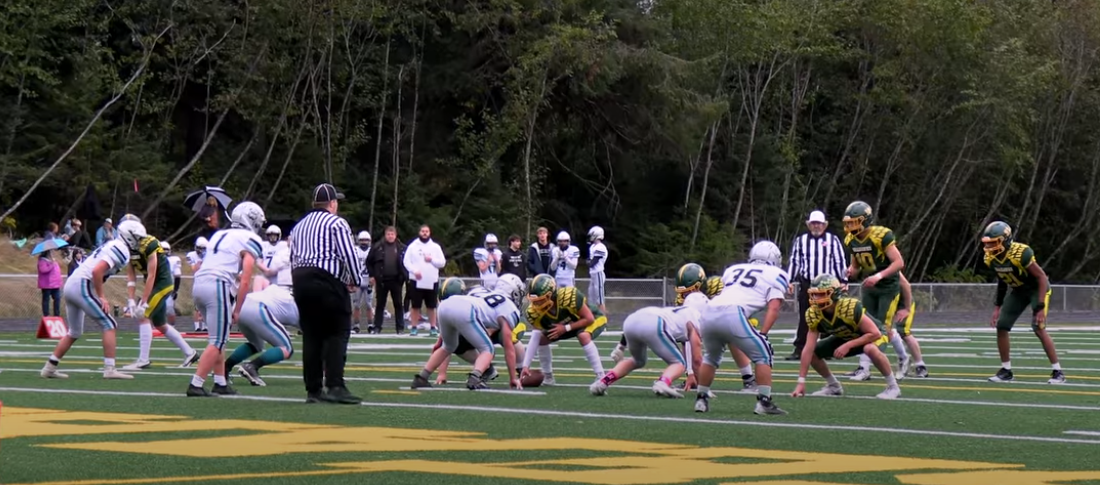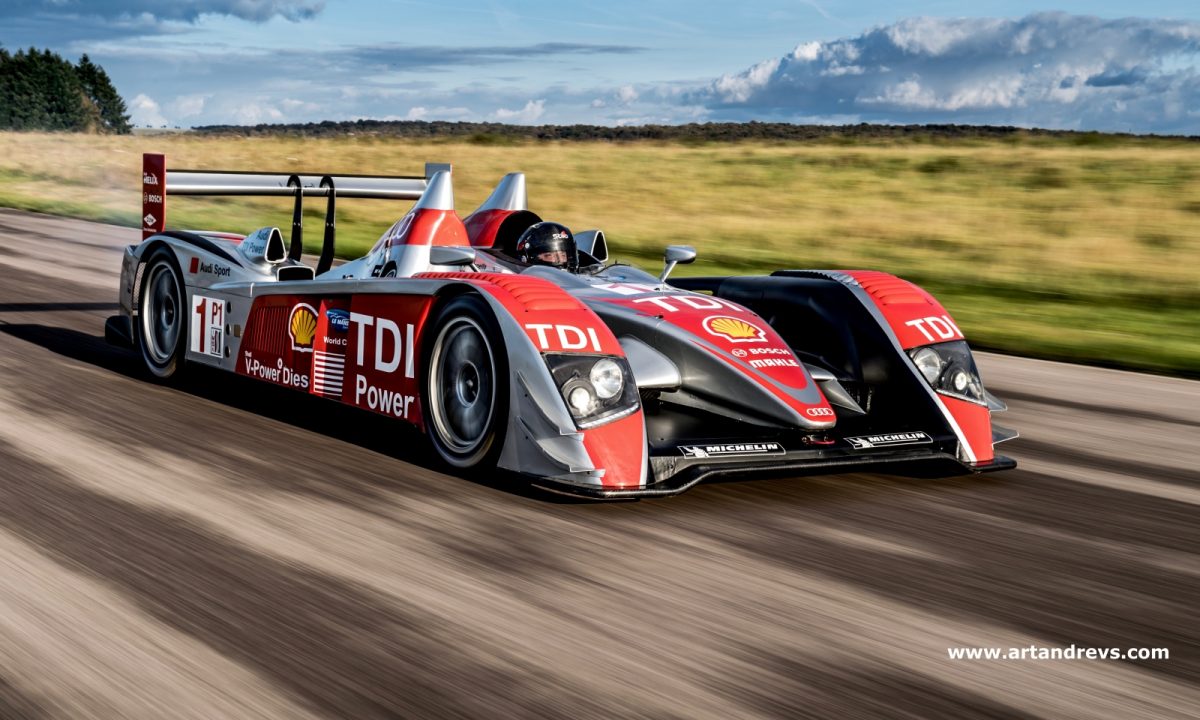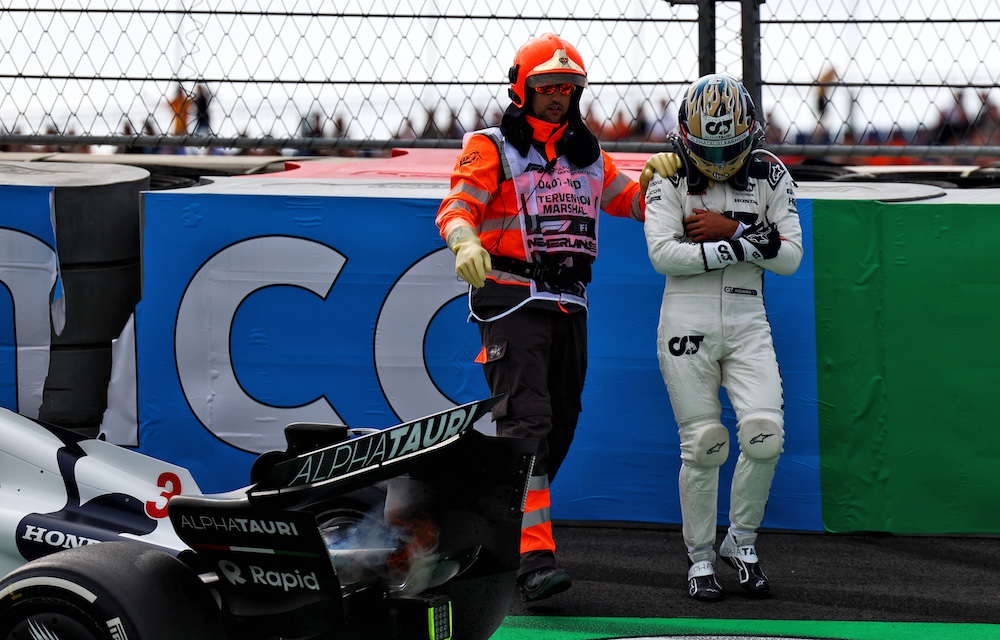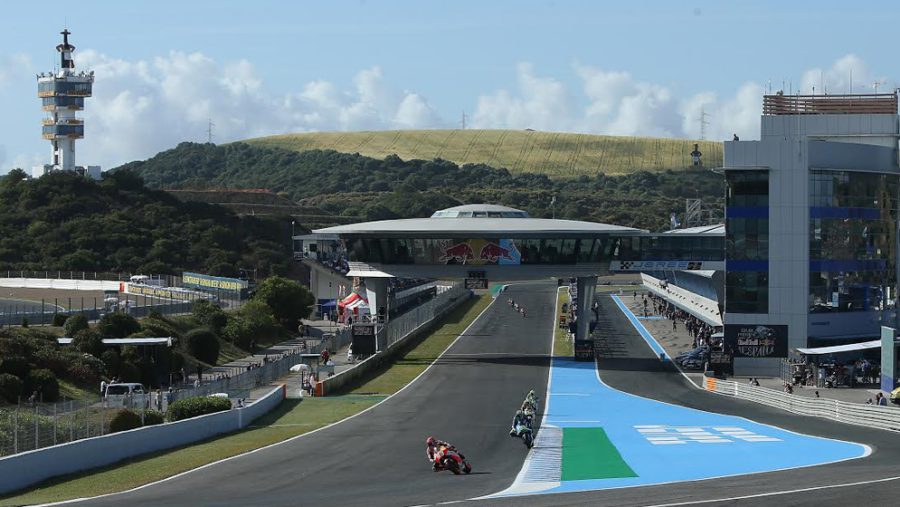Over the summer of 2023, I stopped writing articles for The Racing Report (soon to be known as The Steering Column), leaving much to be caught up on for those who have had better things to do.
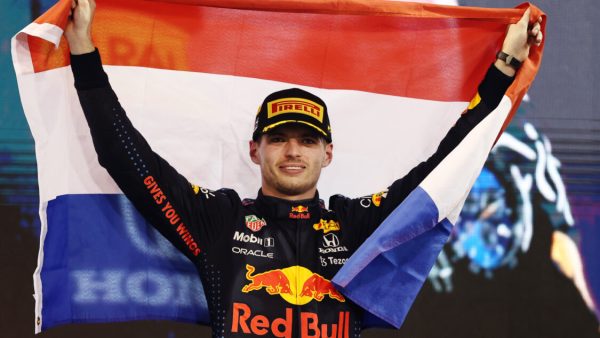
We kicked off the summer with Formula 1’s Miami Grand Prix, the fifth race of the season, which was handily won by Red Bull’s Max Verstappen. Notably, this was the race that began Verstappen’s nine-race win streak, the ninth of which he won at this last Sunday’s Dutch Grand Prix. By winning nine consecutive races, he matched Sebastian Vettel’s record of most Grands Prix won in a row. The Belgian-Dutch driver will have a chance to break the record next week in Monza, at the Italian Grand Prix. Verstappen’s streak does not include two races he won at the beginning of the year, separated with two races won by his teammate, Sergio “Checo” Pérez, meaning Red Bull Racing has won every single race of the season so far.
Moving away from Formula 1, we turn to the legendary 24 Hours of Le Mans endurance race. But, wait. Is that a NASCAR Cup car on track? In collaboration with Hendrick Motorsports, a stock car completed the day-long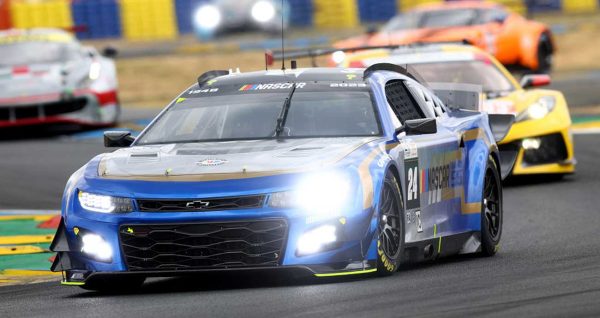 race, alongside the hypercars and GTE cars that are commonplace in professional endurance racing. It competed in the Garage 56 category, which was created for the project itself. However, to even be allowed on track, some modifications were required, most notably headlights, which NASCAR stock cars famously lack. The car was also fitted with a modern racing steering wheel, and equipped with paddle shifters to keep the driver’s hands on the wheel as much as possible. The car was raced by three drivers over the twenty-four hour period: 7-time NASCAR Cup Series champion Jimmie Johnson, German professional endurance racer Mike Rockenfeller, and former Formula 1 world champion Jenson Button. The project was a huge hit, and the European crowd adored the Cup car’s roaring engine, which dwarfed the sound of the cars around it.
race, alongside the hypercars and GTE cars that are commonplace in professional endurance racing. It competed in the Garage 56 category, which was created for the project itself. However, to even be allowed on track, some modifications were required, most notably headlights, which NASCAR stock cars famously lack. The car was also fitted with a modern racing steering wheel, and equipped with paddle shifters to keep the driver’s hands on the wheel as much as possible. The car was raced by three drivers over the twenty-four hour period: 7-time NASCAR Cup Series champion Jimmie Johnson, German professional endurance racer Mike Rockenfeller, and former Formula 1 world champion Jenson Button. The project was a huge hit, and the European crowd adored the Cup car’s roaring engine, which dwarfed the sound of the cars around it.
Later, the car appeared at the Goodwood Festival of Speed, an annual hillclimb race in England, which many car manufacturers use to showcase new models or prototypes. One of these manufacturers was McLaren, who first unveiled the McLaren Solus GT at the event. Inspired by the aerodynamic effects of F1 cars, the Solus quickly proved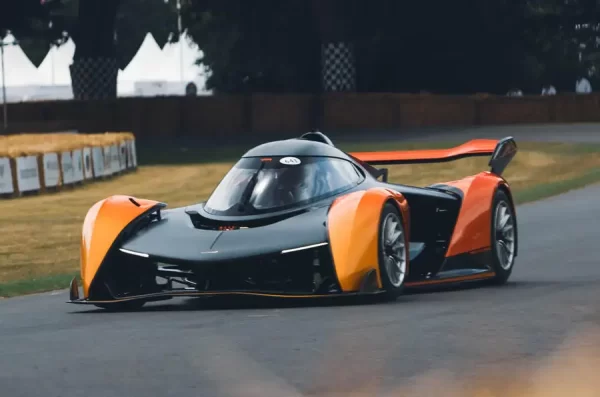 itself up the Goodwood hill with a time of 45.34 seconds, which places it third fastest of all time in the production car category. Those watching the event were enthralled by the sound of the Solus’ 5.2 liter V10 engine, which is reminiscent of those used by F1 cars from the 1990s. The Solus is not the only recent supercar to be inspired by F1, however, and it follows in the footsteps of the Valkyrie, which was produced by Aston Martin in 2022 and designed by Red Bull Racing Chief Technological Officer Adrian Newey. The biggest difference, however? The Valkyrie is street legal, as the Solus is designated for track use only.
itself up the Goodwood hill with a time of 45.34 seconds, which places it third fastest of all time in the production car category. Those watching the event were enthralled by the sound of the Solus’ 5.2 liter V10 engine, which is reminiscent of those used by F1 cars from the 1990s. The Solus is not the only recent supercar to be inspired by F1, however, and it follows in the footsteps of the Valkyrie, which was produced by Aston Martin in 2022 and designed by Red Bull Racing Chief Technological Officer Adrian Newey. The biggest difference, however? The Valkyrie is street legal, as the Solus is designated for track use only.
Speaking of McLaren, the company came under slight criticism in late 2022 after their Formula 1 team dropped fan-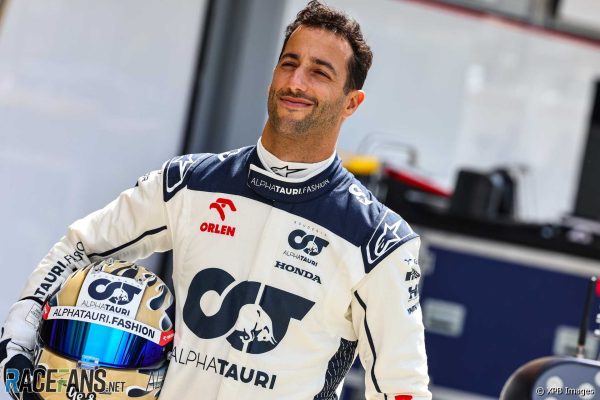 favorite driver Daniel Ricciardo in favor of his Australian compatriot Oscar Piastri. Many were disappointed that Ricciardo, known for his goofy behavior and joking personality, would not be returning to the grid the following year.Many were relieved to find out, then, when Ricciardo signed as a reserve driver with his old team, Red Bull Racing. Even better, he was promoted to a full time seat at Red Bull’s feeder team, Scuderia AlphaTauri, when they released Dutchman Nyck de Vries on grounds of poor performance. Surprisingly, Ricciardo has been doing just as well, if not better at AlphaTauri than he ever was at McLaren, despite AlphaTauri having one of the worst cars on the grid.
favorite driver Daniel Ricciardo in favor of his Australian compatriot Oscar Piastri. Many were disappointed that Ricciardo, known for his goofy behavior and joking personality, would not be returning to the grid the following year.Many were relieved to find out, then, when Ricciardo signed as a reserve driver with his old team, Red Bull Racing. Even better, he was promoted to a full time seat at Red Bull’s feeder team, Scuderia AlphaTauri, when they released Dutchman Nyck de Vries on grounds of poor performance. Surprisingly, Ricciardo has been doing just as well, if not better at AlphaTauri than he ever was at McLaren, despite AlphaTauri having one of the worst cars on the grid.
Unfortunately, this summer was not all racing fun, as we lost yet another driver. Dilano van’t Hoff was a 19-year-old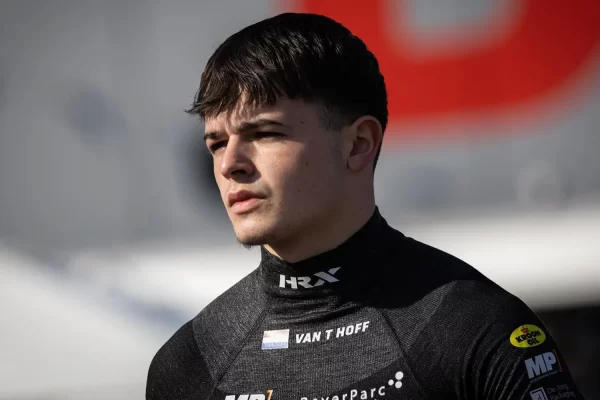 Dutch driver and had won the 2021 Spanish Formula 4 Championship. Shortly after his victory, he began racing in European Formula Regional, which is what he was competing in on the day of his death. During heavy rain conditions at Belgium’s Circuit de Spa-Francorchamps, he drove at racing speed through the Eau Rouge chicane, losing control upon the corner exit. The low visibility from the weather caused Irishman Adam Fitzgerald to collide with van’t Hoff. Two other drivers lost control during the incident, but all were uninjured except Dilano, who was given medical attention following the incident. Sadly, he died at the scene shortly after.
Dutch driver and had won the 2021 Spanish Formula 4 Championship. Shortly after his victory, he began racing in European Formula Regional, which is what he was competing in on the day of his death. During heavy rain conditions at Belgium’s Circuit de Spa-Francorchamps, he drove at racing speed through the Eau Rouge chicane, losing control upon the corner exit. The low visibility from the weather caused Irishman Adam Fitzgerald to collide with van’t Hoff. Two other drivers lost control during the incident, but all were uninjured except Dilano, who was given medical attention following the incident. Sadly, he died at the scene shortly after.

